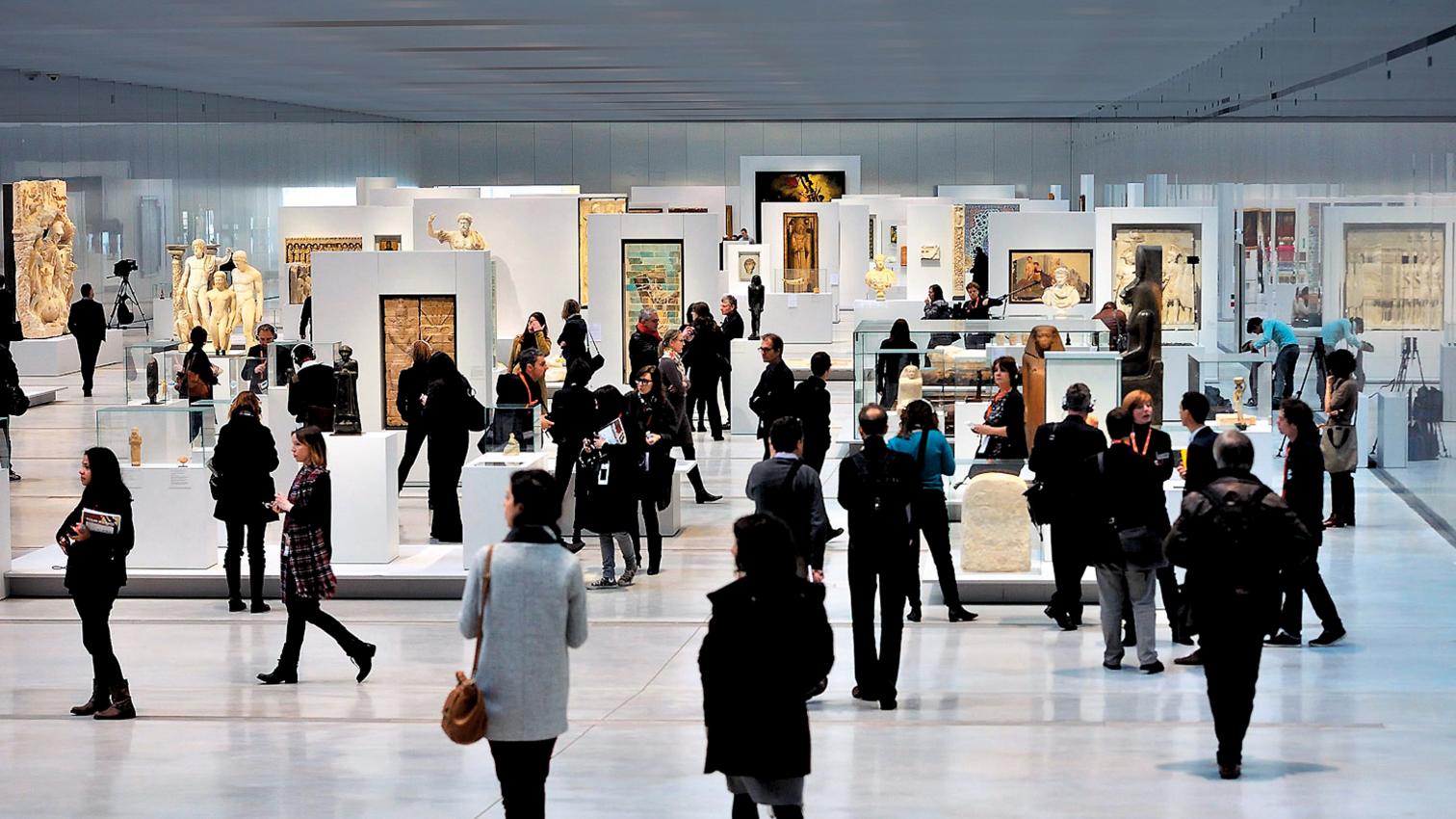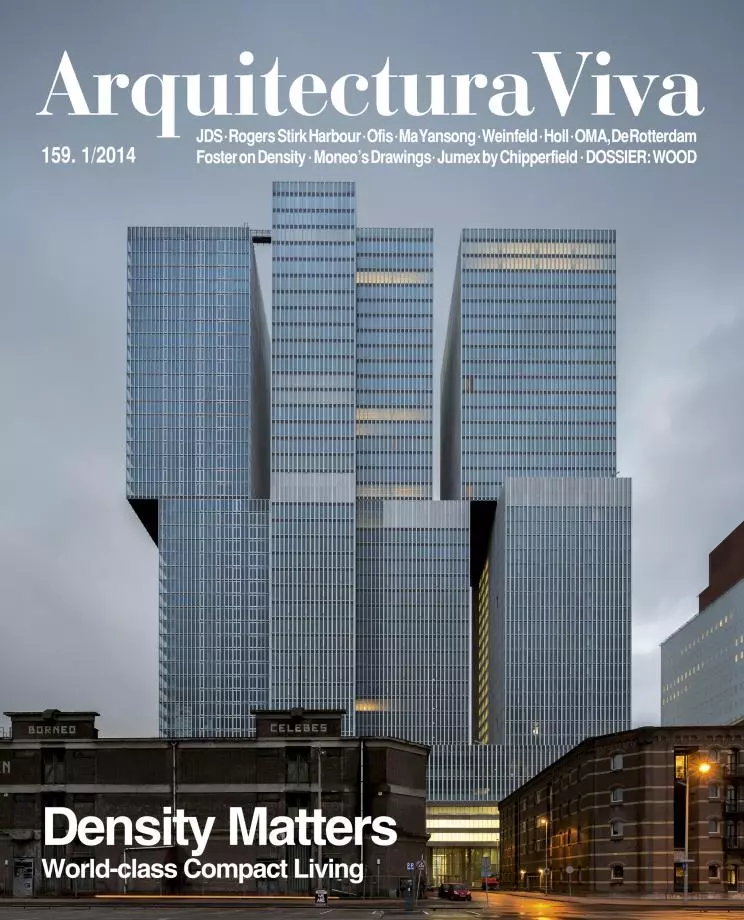
Althouth it has lost some respectability because of the proliferation of banal sequels, the Guggenheim Effect begun in Bilbao remains feasible in certain contexts. The people of the French city of Lens will probably agree with this statement, witnesses as they are of the transformation of an impoverished mining town since the opening, little more than a year ago, of the Musée du Louvre’s first outpost. The happy combination of an exquisite building by the Japanese office SANAA with a no less exquisite floating collection of artworks (see Arquitectura Viva 149), the museum in Lens has in the course of its first twelve months of life managed to attract more than 900,000 visitors, an impressive figure which is expected to stabilize in the middle-run at half a million per year.
With culture forced by the crisis to promote franchises, the previously untouchable collections of the world’s grand museums are fragmenting in search of business opportunities. So it is that France’s cultural grandeur has given up its deep-seated centralism for an astute movement illustrated exemplarily by Lens, but which also has its more complex and dubious cases, such as the Louvre of Abu Dhabi – scheduled to open in 2015 – or the first Centre Pompidou branch outside France, in Málaga: an operation not without unknowns that will make it possible to complement the collections of Carmen Thyssen-Bornemisza and the Picasso Museum with seventy contemporary works of art for an annual payment amounting to a million euros. In times of crisis, culture moves, and moves a lot of money.





